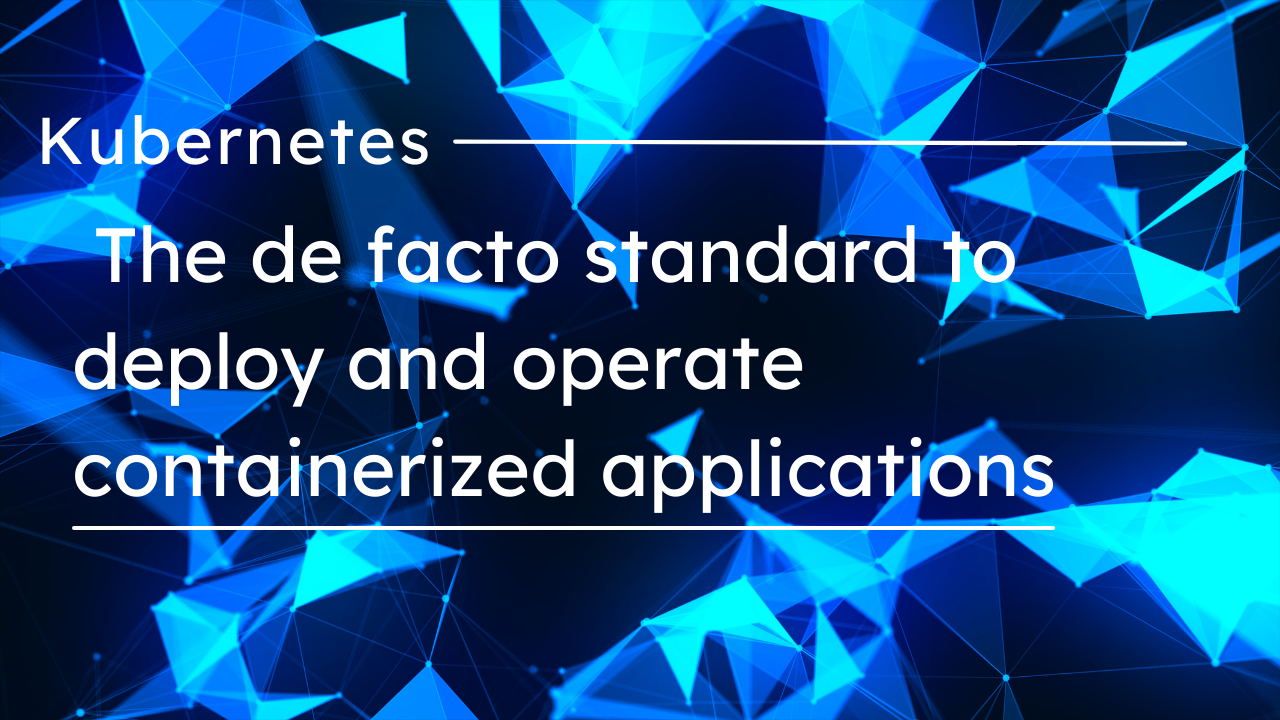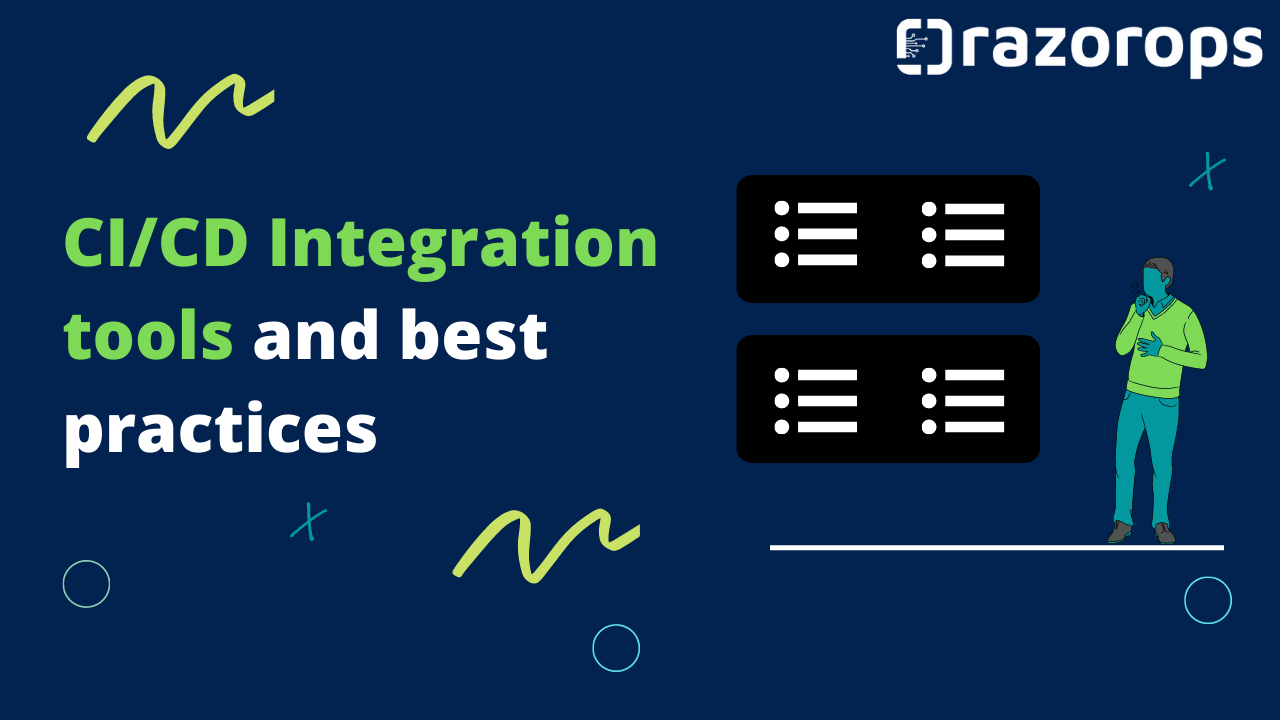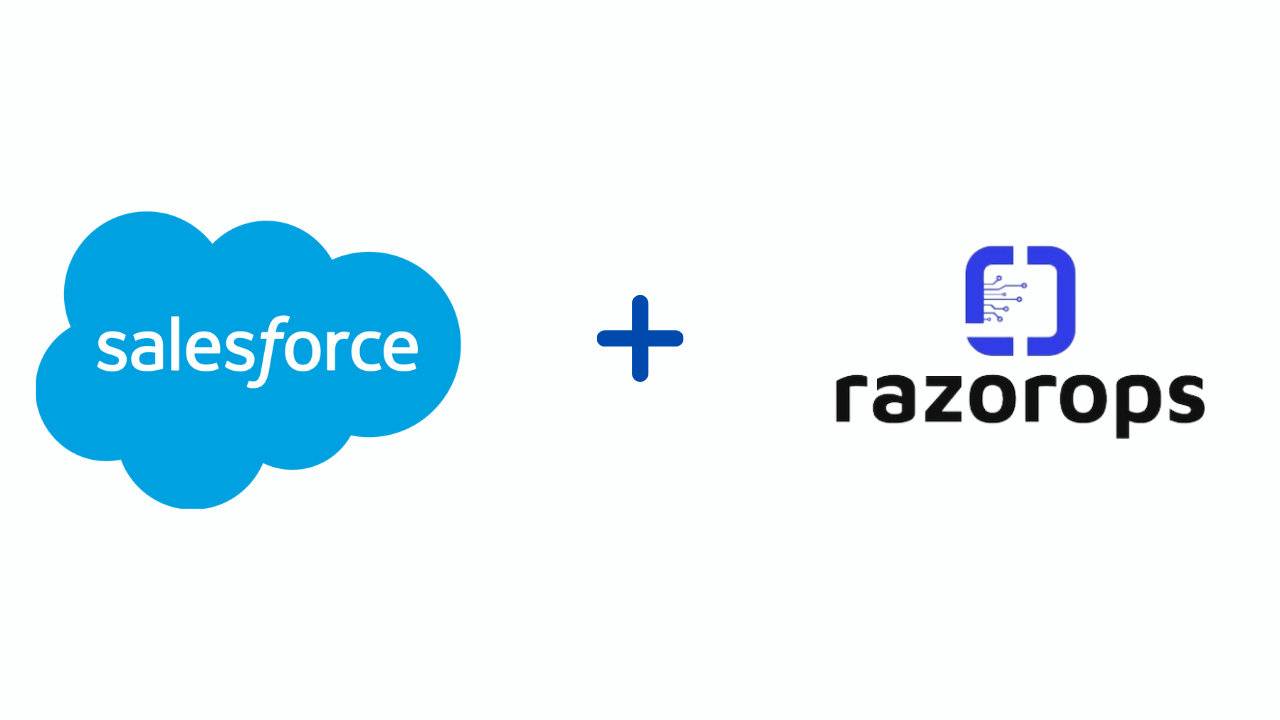
A standard Integrated and Automated platform for DevOps process.Learn about best practices and benefits. Subscribe to get the latest updates on container-native & DevOps news around the globe.
With the increasing adoption of containers among enterprises, Kubernetes, the container-centric management software, has become the de facto standard for deploying and operating containerized applications. Kubernetes is an open source framework for managing containerized workloads and services that enables declarative setup as well as automation. It has a vast and constantly expanding ecosystem. Service, support, and tools for Kubernetes are widely available.

Since past years, the rise of Kubernetes—has seen a 67 percent increase in developers utilizing K8s and a 49 percent increase in overall container adoption—has been directly linked to the maturing manner enterprises are adopting containers. Having said that
report also state that the market has seen a parallel and related rise in providers who offer Kubernetes-as-a-service and the voracious appetite of consumers using these services.
Last Saturday, May 28, 2022; a live webinar titled” Kubernetes101: Getting started with Kubernetes” was hosted by RazorOps in partnership with DigitalOcean to create awareness about Kubernetes and Managed Kubernetes Services. The guest speaker for the webinar was Ms Purnima Kumari, a cloud solutions engineer at DigitalOcean.
Key points discussed in the webinar:
- What is Kubernetes and reason for its growing popularity?
- What is Managed Kubernetes Services?
- What is DigitalOcean Managed Kubernetes? Why do you need it?
- When not to use Kubernetes?
- Is it a good idea to switch to managed Kubernetes service?
- Practical case studies and examples.
The attendees from around the globe joined the webinar making event a success. The recording of the webinar is available online on RazorOps YouTube channel.
Important picks for the week
What is Continuous Integration (CI) and what are the best practises, benefits, and tools for it?

Continuous integration (CI) is a development technique that allows development teams to make modest, frequent code changes. Each time developers check their modifications into the version control repository, an automatic build verifies the code. This aids the development teams in detecting any defects early on. The first aspect of CI/CD is continuous integration, which allows the development team to push code changes to production gradually and on a regular basis.

The Lightning Component framework is a user interface framework for creating single-page mobile and desktop applications. When developing components, developers must manually push the code every time they make a change, keeping in mind which stage they need to push to. So, by introducing RazorOps CI/CD Platform, we can make this deployment sequence easier.
Important Events
Data Protection Guardrails using Open Policy Agent (OPA) | June 7, 10:00 AM (PDT) | RSVP- Join Kasten by Veeam and Styra to learn how to use Open Policy Agent to ensure your Infrastructure as Code and production are protected from threats like ransomware on Day 0 (Continuous Integration) and Day 1 (Continuous Deployment).
Cloud Native Live: Kubernetes-native pipelines for stateful applications | June 8, 9:00 AM (PDT) | RSVP- This talk will cover how to use CI/CD, GitOps, and policy crafting tools to enable Kube-Native automated workflows for stateful workloads with data services, as well as illustrate how to do so. It considers new parameters like database operators, StorageClass, persistent volumes, and the guardrails that must be defined to make them Enterprise-ready. Nic will also discuss how to optimize Tektone to function with various workspaces and overcome some of the restrictions of the affinity assistant in this lecture.
